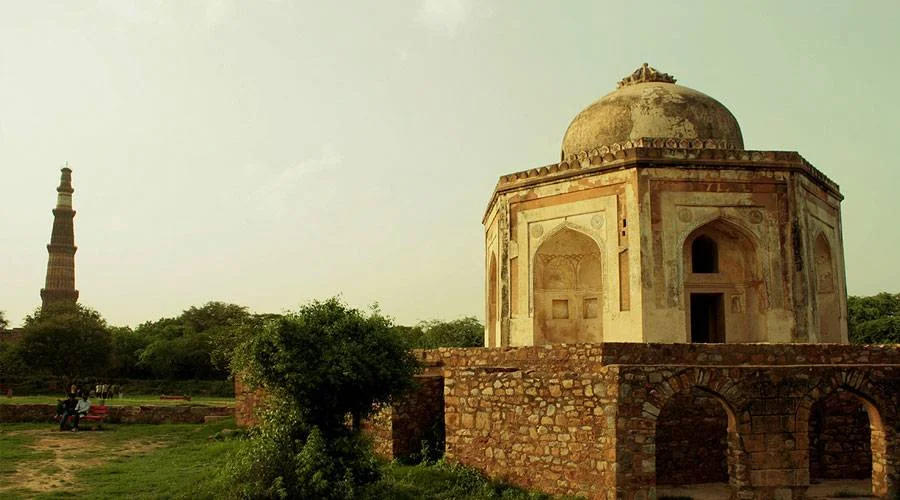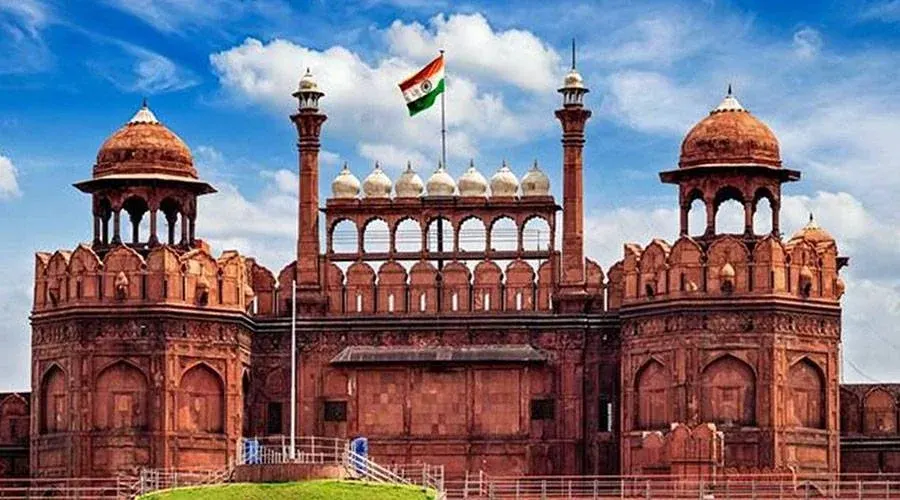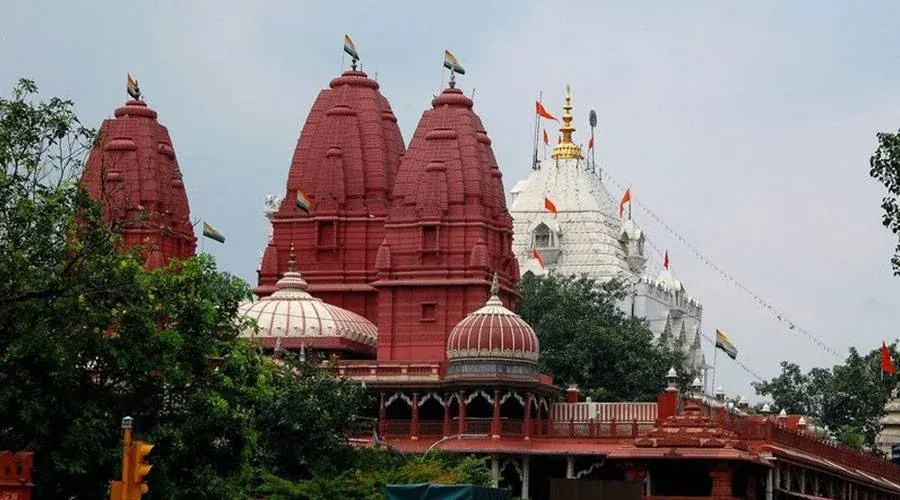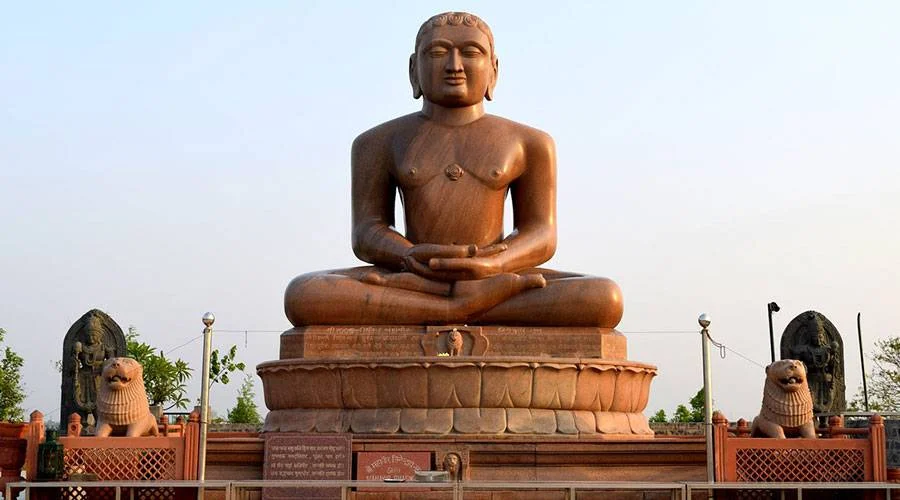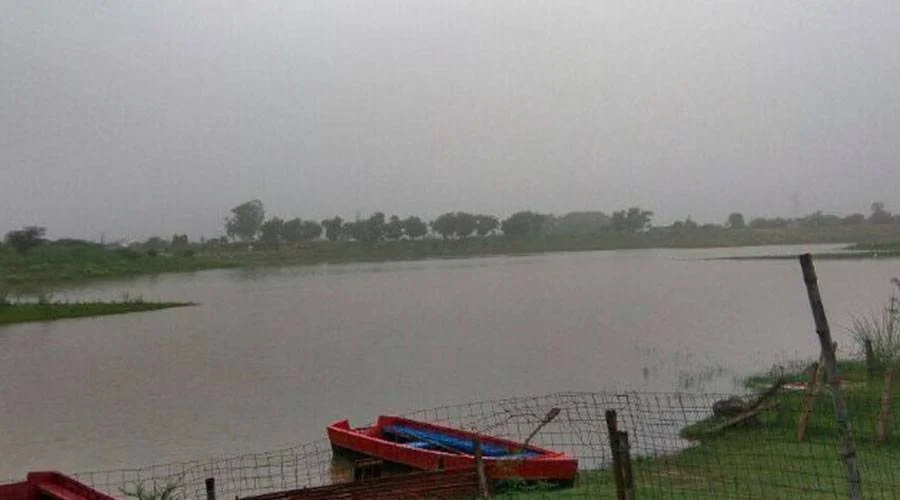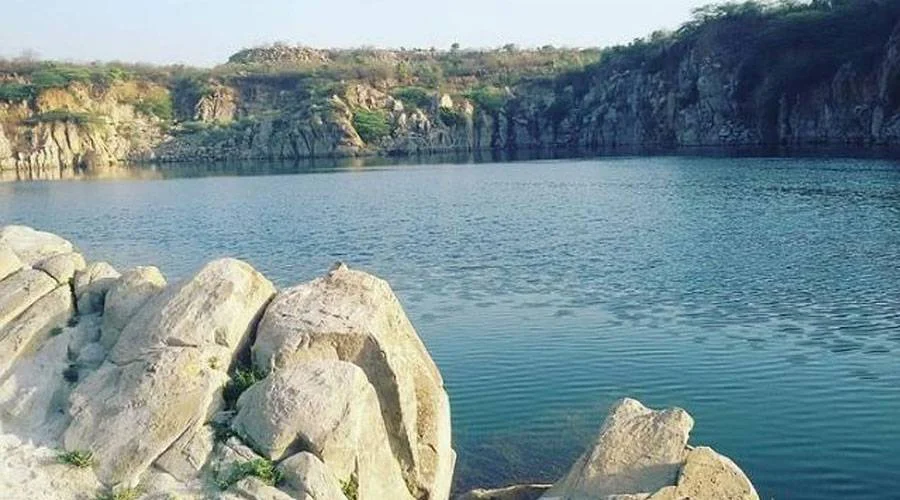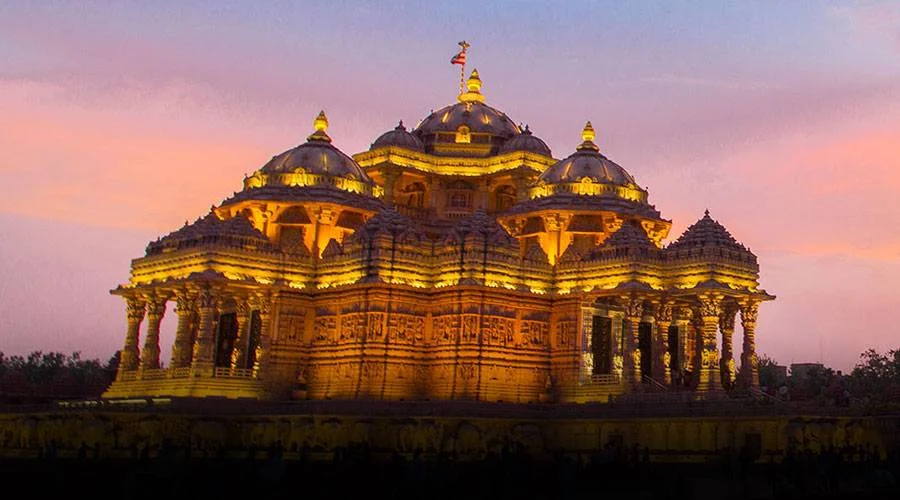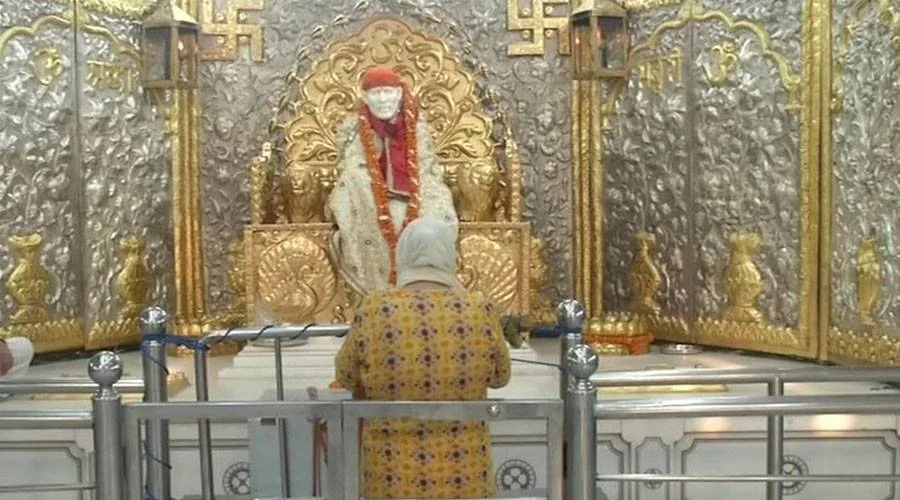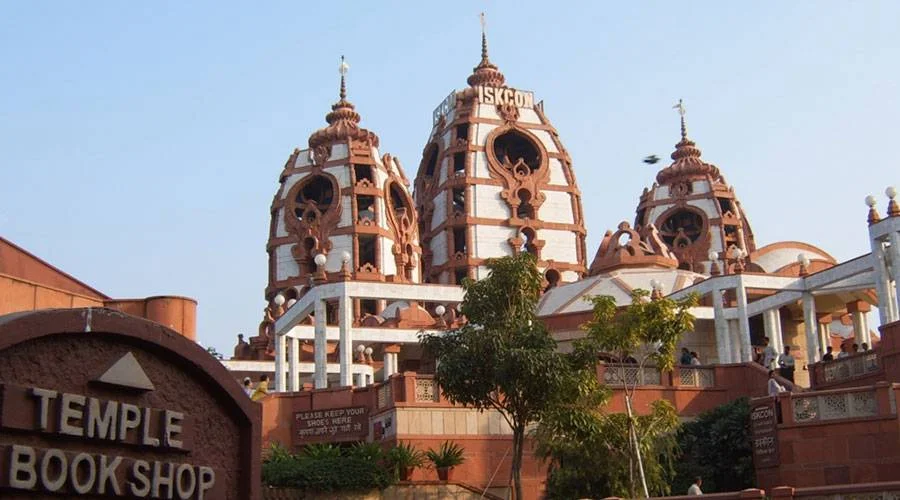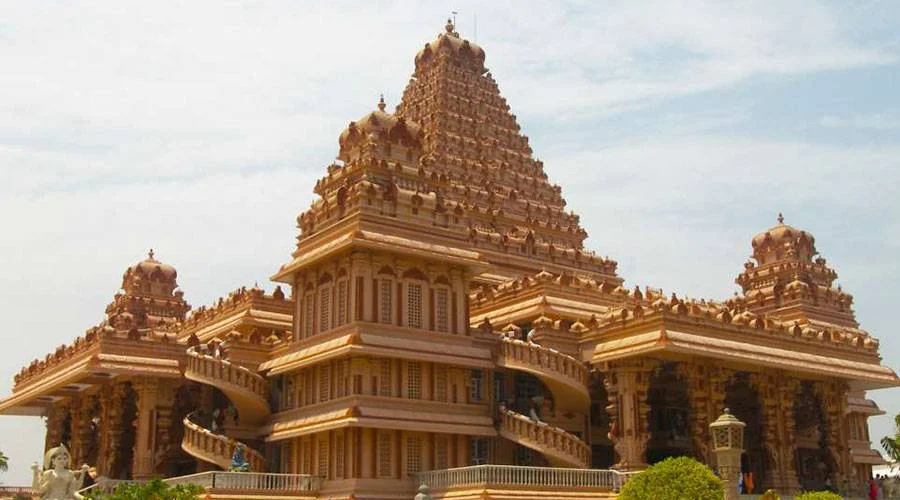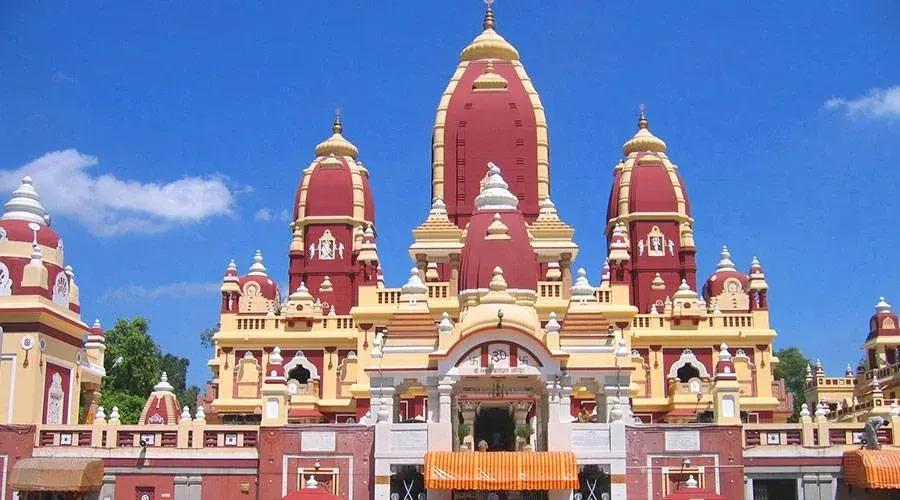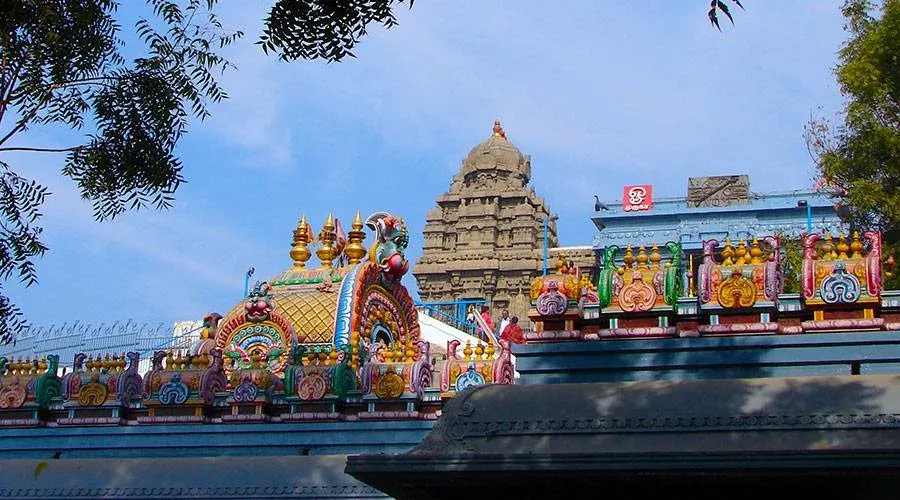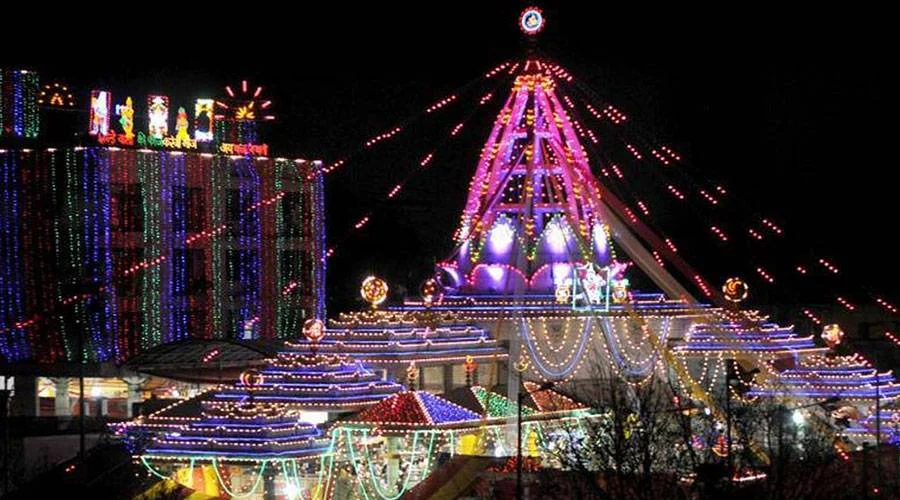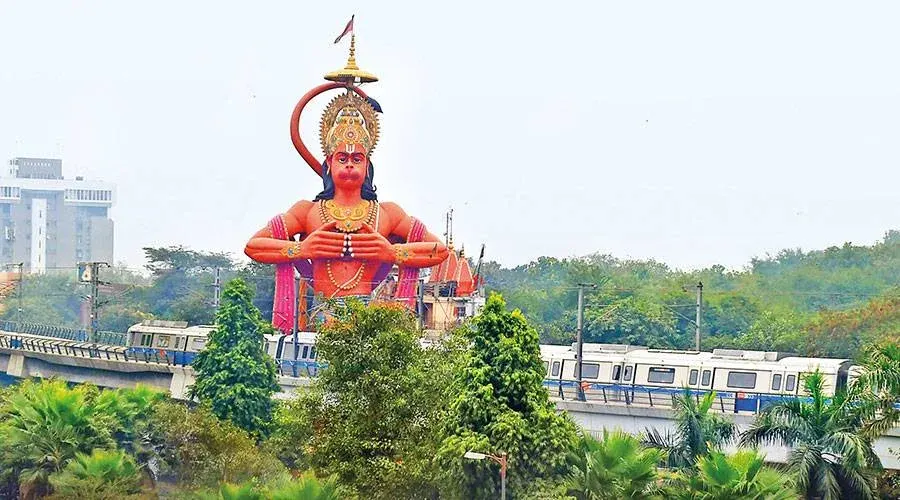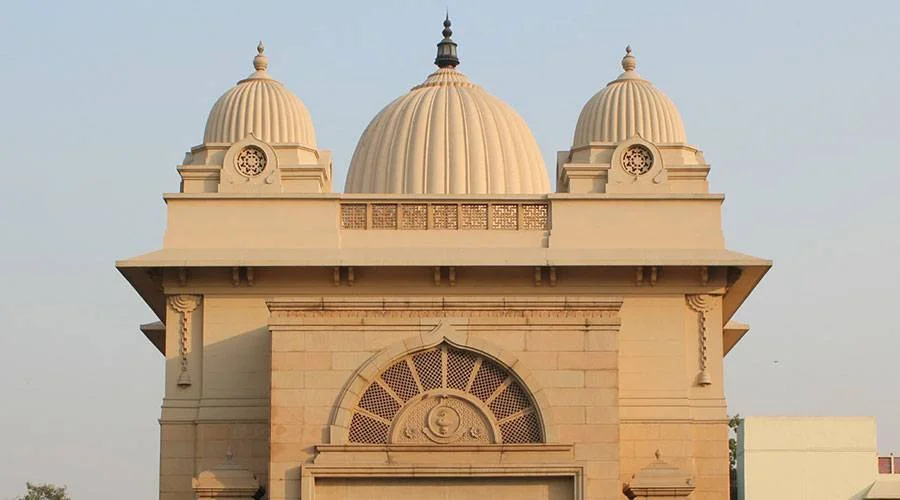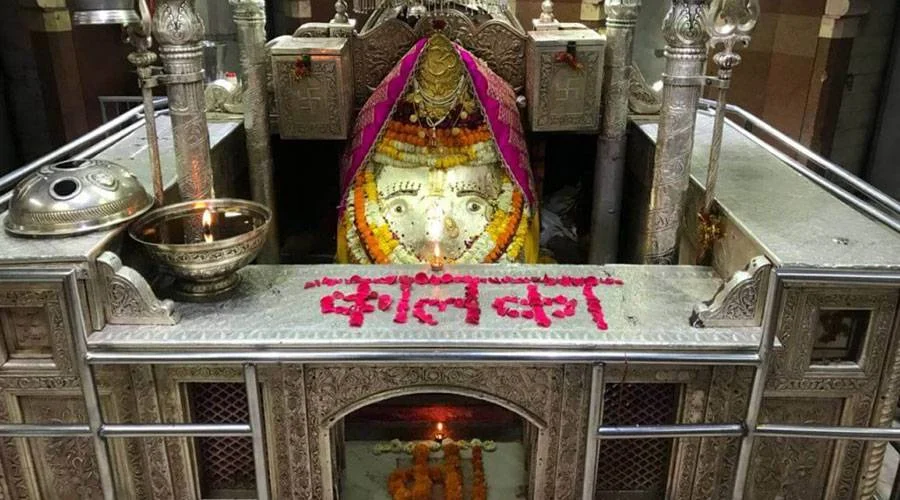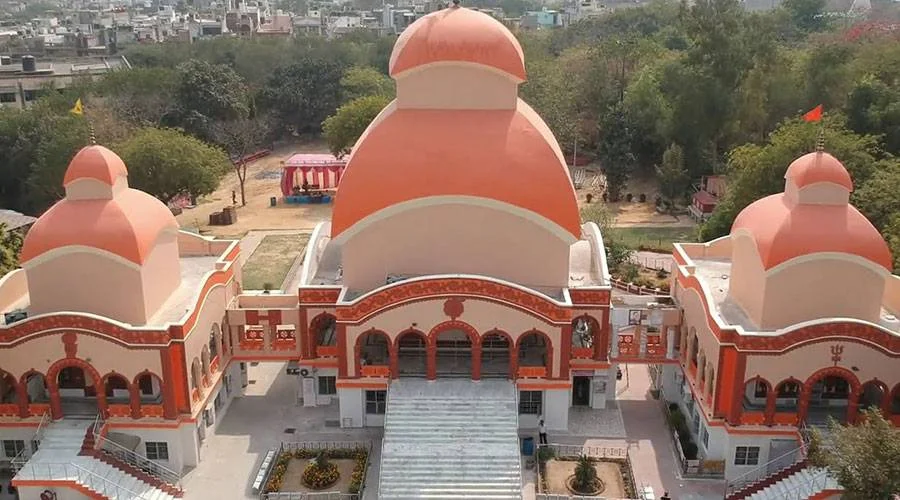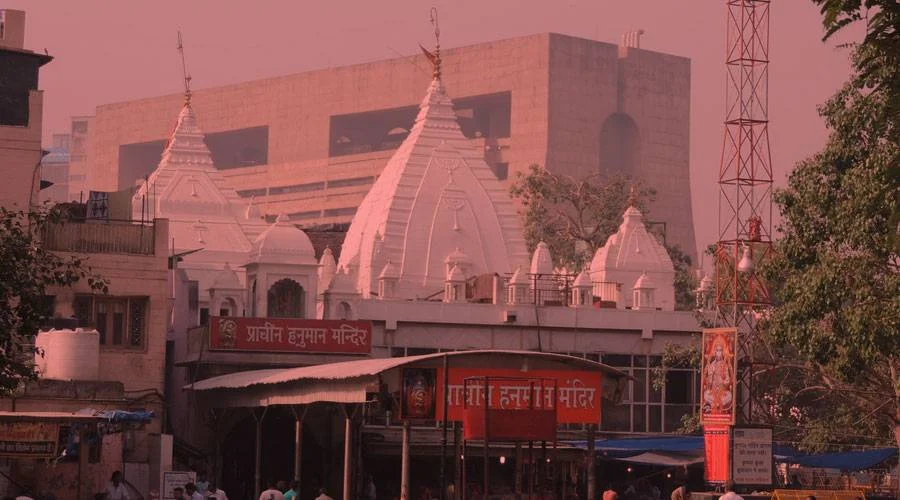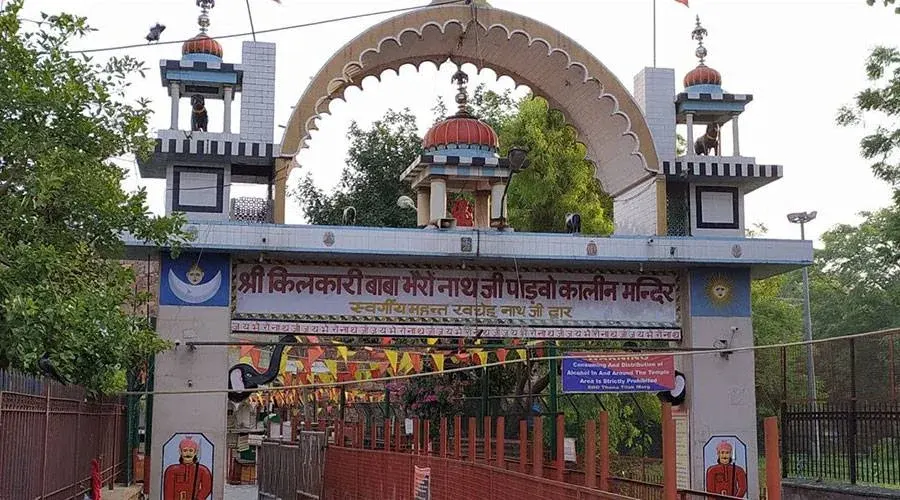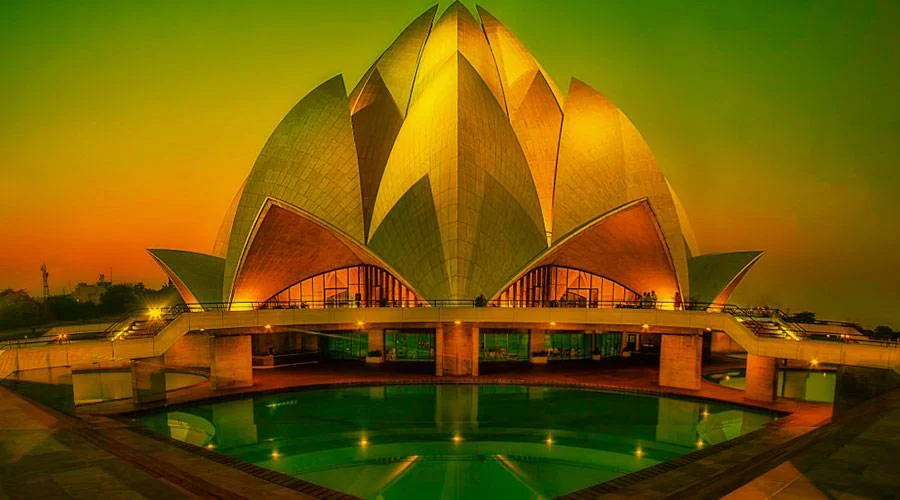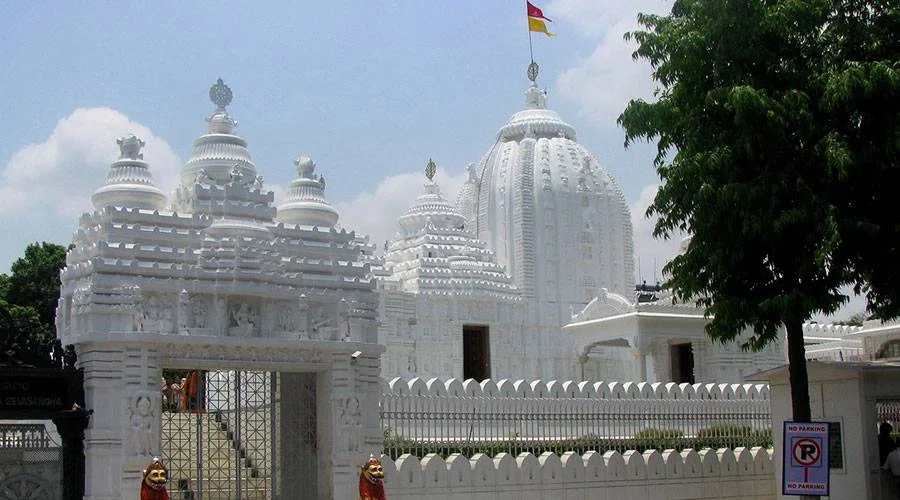Mehrauli Archaeological Park, Delhi
The Mehrauli Archaeological Park serves as a glimpse into a bygone era, and its proximity to chief localities in south Delhi makes it an easy on-the-go stop with distinctive architecture to captivate your eyes at every step of your way. Not more than a kilometer away from the UNESCO World Heritage Site of the Qutb complex lies this magical gem of history tucked away and spread over a 200-acre area, which includes the ruins of the Lal Kot built by the Tomar Rajputs in 11th century A.D.
Mehrauli is one of the seven ancient cities that comprise the present state of Delhi, and the archaeological park here is a testament to the richness of our past. The ruins present here are almost half a century older than Old Delhi (Shahjahanabad)! The 100 plus scattered monuments here date back to the 10th century A.D. and as recent as the British era. Being the only place in Delhi that has witnessed over 1,000 years of continuous habitancy, it has seen the likes of some of the most influential dynasties and empires to rule the subcontinent and the enduring presence they have imprinted.
History
The trend of constructing monumental structures continued through the reign of successive rulers. Buildings like the mosque and tomb of Maulana Jamali (a sixteenth-century Sufi saint), Madhi Masjid, Rajon ki Baoli, and the tomb of Quli Khan (the foster brother of Emperor Akbar) were constructed within this area. Renovations like the extension of the Quli Khan Tomb into Thomas Metcalfe’s (commissioner of Delhi in the 1840s and 1850s) retreat and the conversion of the landscape through the addition of a bridge, canopies, and guesthouses were accomplished during the colonial era. The Archaeological Park has a varied landform with irregular rocky slopes, valleys, plains, and water bodies. The park contains several water bodies, some of them manmade. These include Hauz-e-Shamsi, Rajon ki Baoli, Gandhak ki Baoli, Jharna, and the depression below the Quli Khan Tomb which earlier formed a pond. The park also contains a variety of vegetation and landscaped gardens such as Metcalfe’s Garden in front of Quli Khan’s Tomb. Today the park forms a buffer between the settlement at Mehrauli village and the Qutb complex and is one of the city’s largest green spaces.
Architecture
The Mehrauli Archaeological Park located right in front of Qutub Minar is an architectural marvel of medieval times. Inspired by the Indo-Islamic style of architecture, the monuments of the park combine intricate stonework with elaborate masonry. Nested in the heart of the Aravali mountain range, the Mughal piece of architecture stands as proud as the mountain peaks that surround it.
Encapsulating the apparent success of architectonics of the bygone era, the heritage shrines of monuments closely resonate with the national identity of the time. With a varied range of ornate carvings adorning the earthly walls, the park showcases the heterogeneous nature of the many faces of Indian society.
Spreading over an expanse of 200 acres, the park is held in high cultural regard as it hosts more than 100 unique ancient relics. Along with being a hub of famous graves and tombs, the park abounds with several mosques, gardens, lakes, and other historic structures.
Hosting several wells, step wells, sulfur wells, barracks, and gateways, this archaeological marvel is often referred to as a people's architecture. With functional underground aquifers controlling the water supply, the site was prominently constructed as a village to be inhabited by a civilization.

